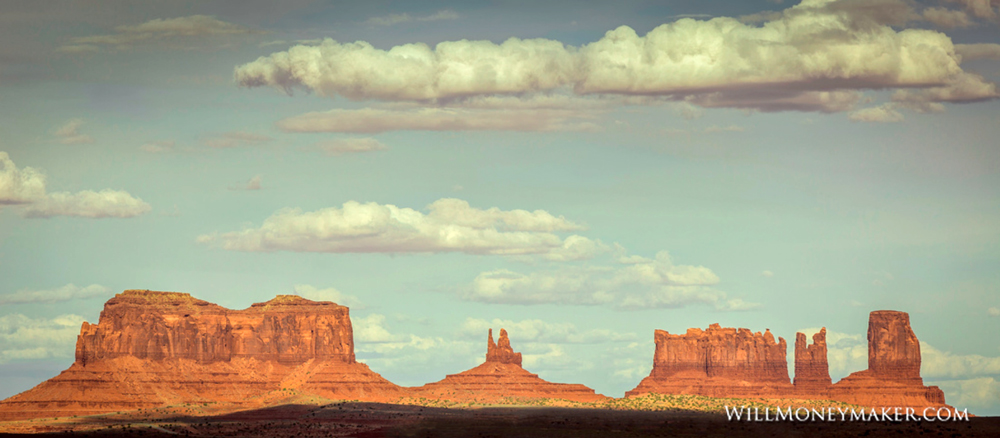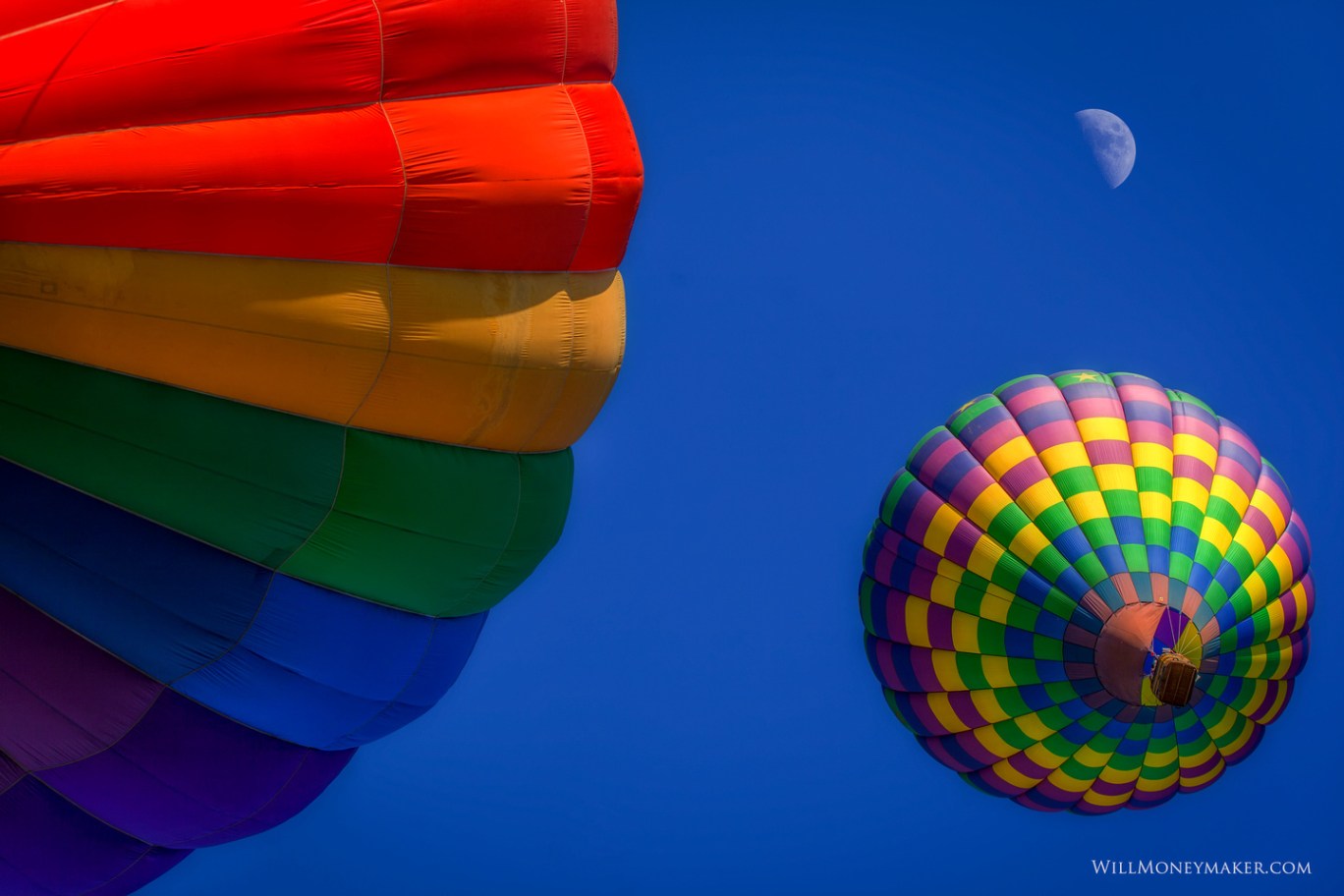I’ve talked a lot about composition and landscape photography in general because I feel that it is a wonderful genre that everyone can benefit from. I would like to delve into some of the more advanced concepts — the things that will really make your landscape photography shine. Some of the concepts I will discuss tend to “break the rules,” but as you know, sometimes you must break a few rules to create something unique. Let’s dig into some of these concepts so that you can learn how to apply them to your photography!
Don’t Neglect White Balance
As you are looking for interesting elements and colors and putting your image together, white balance is one of those things that is often ignored. In fact, sometimes, it is deliberately ignored because photographers are after certain overall tones that alter the mood of the photograph. For instance, it is not at all uncommon to see landscape photography with a blue cast in an effort to make the photo seem more old-fashioned, or with a reddish cast that makes the image feel warmer like it was taken during a golden sunset.
The problem arises when these tints are taken too far, and the white of the image is lost. When the white balance of a photograph is off, it takes on a very surreal quality that can detract from the overall effect of the image. It takes away from the realness of the scene, which makes it easier to disregard the image.
Making sure that your white balance is correct is a simple thing to do. Simply look for the white or light colored elements of your photograph and make sure that the color is true to life. In some cases, the color may be so off that it is immediately evident, even in darker areas of the image. There are a couple of ways to go about this. You can either adjust your camera’s white balance settings or you can do it in photo editing software, as you prefer.
Perspective Doesn’t Always Need to be Wide
We love to spend all kinds of money on the widest lenses available so that our landscapes are sweeping, filled with as much of the view as we can possibly fit into the frame. And there is no denying that a wide angle shot, when done well, is a thing of beauty that almost defies the imagination. However, that doesn’t mean that you can’t use a narrower perspective in your images when you want to. Sometimes I find that the narrower perspective is actually preferable because it eliminates elements that might otherwise distract from a particularly interesting main subject.
So how do you know when to choose a wide-angle lens for a broad perspective or a telephoto lens for a narrow perspective? I like to think of it as “space or object.” This means that you’ll need to study your subject material. If you feel that the image requires a sense of space, then use a wide-angle lens for the widest field of view possible. If you want to place emphasis on an object like a tree or a mountain, then go narrow with a long lens or a telephoto lens.
Should You Always Eliminate Foreground Object?
There are two schools of thought on foreground objects in photography. Traditionally, photographers have eschewed foreground objects — like a cluster of flowers or tree branches to the immediate front of the image. This is because these elements are viewed as a distraction. The thinking is that you want the viewer of your image to look at the sweeping view you have created and not the objects that were only a few feet away from you when you created the image.
There is a lot of merit to the traditional viewpoint, and it is true: If you want people to focus on the middle of the image or the background, then objects in the foreground will be distracting. However, layering is also important. A layered image is one that is interesting from front to back, with foreground elements, mid-ground, and background. Images that make great use of layers tend to have a nice progression, with the viewer looking at the front first, and then exploring deeper into the image as they go along.
Additionally, foreground elements can often have the effect of a frame. You may want to include a small shrub at the front of the image if it provides a nice frame to the photograph. Tree branches creeping in from the sides of the image are sometimes reminiscent of vignettes, or photos where the center of the image is brighter, fading out to darker colors or to black around the edges.
Whether a foreground object is necessary or not is completely up to you. Don’t hesitate to include them when it feels like a welcome addition!

Add Dimension with Light
Layering is one way to add dimension to images, but on it often isn’t enough. And, how are you supposed to add dimension to an image that only has two or three layers? That’s where directional light comes in. This is one tool that you can nearly always use to bring images to life.
Directional lighting is lighting that comes from an angle. For instance, you are unlikely to have directional lighting on a cloudy day because light is being diffused through the clouds evenly over the entire landscape. Shadows are minimal at best and often absent. Shooting at midday won’t give you good directional light either. With the light directly overhead, shadows will be directly underneath the objects you are photographing.
To make use of directional light in landscape photography, time your shots for the morning or afternoon. The sun will shine into the scenery at an angle and cast longer shadows along the ground. Those shadows will go a long way towards preventing images that seem flat and uninteresting.
There is always a lot to learn about landscape photography. This is one of the most diverse genres which means that the skills you learn here can easily be put to use on other types of photography. The opposite is also true. Try out skills you have learned elsewhere on your landscapes to see what happens. Most importantly, have fun as you go outside and experience the wide world around you!
Now go and enjoy the beauty of God’s creation through your lens.





